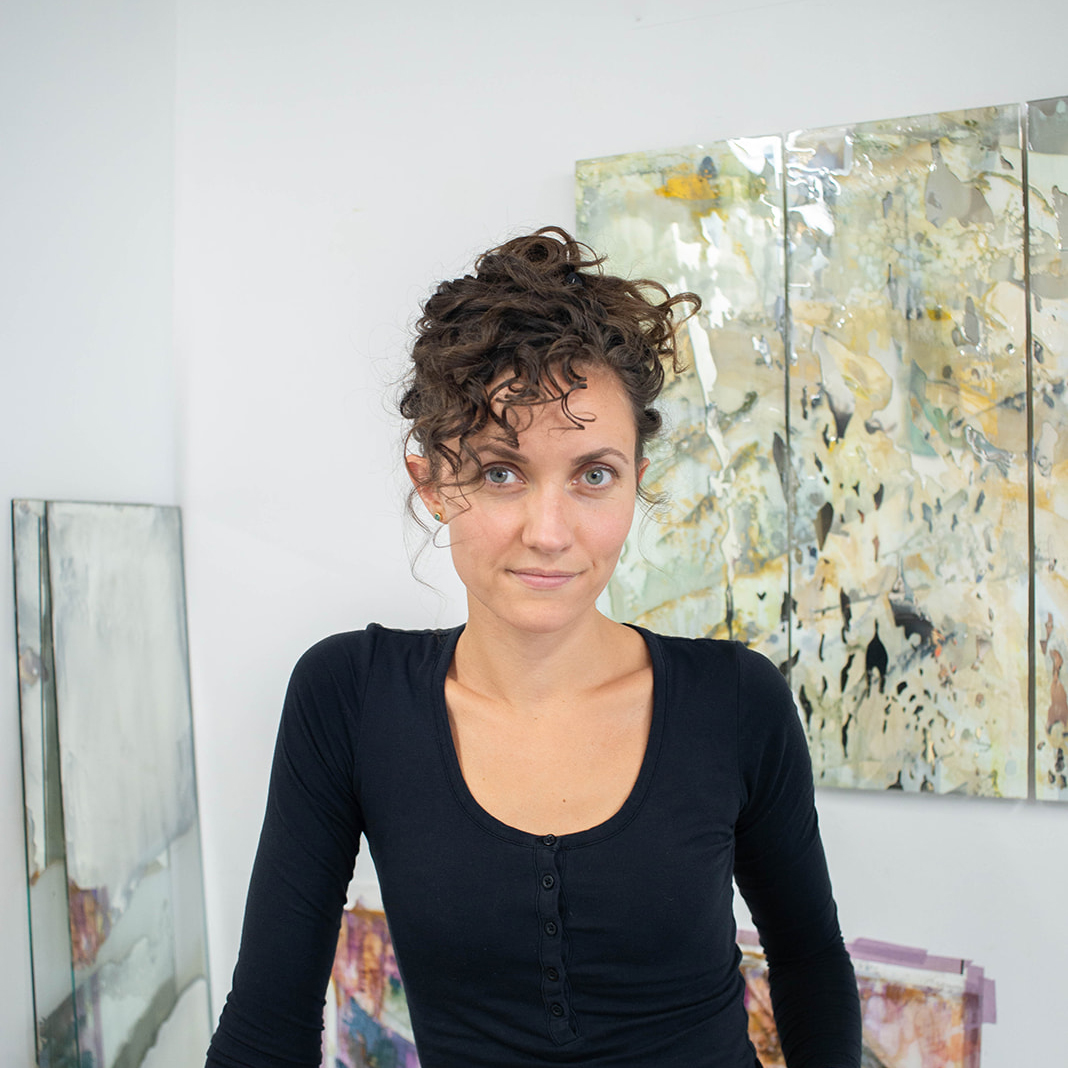We’re excited to introduce you to the always interesting and insightful Laura Sallade. We hope you’ll enjoy our conversation with Laura below.
Laura, looking forward to hearing all of your stories today. In our experience, overnight success is usually the result of years of hard work laying the foundation for success, but unfortunately, it’s exactly this part of the story that most of the media ignores. So, we’d appreciate if you could open up about your growth story and the nitty, gritty details that went into scaling up.
I love this question because I think it’s really insightful. Artists in particular fall prey to this idea of overnight success. When I was just starting to develop my practice in my early twenties, I was often told that all I needed was my big break and then I’d be set. An example of this sort of break in the arts is when a select few artists are picked up by blue chip galleries, and we cling to those stories because they’re so appealing, but like you said, those artists often worked really hard for a long time developing the work that sparked the attention of those gallerists.
For me scaling up came with some luck, some trial and error, and a lot of hard work. I was fortunate enough to get my “break” at age 24. I was asked to do a lobby commission for a Ritz Carlton and was also offered representation by a new gallery called Massey Lyuben opening up in Chelsea. A friend in college who had some marketing experience showed me how to make a professional looking website which probably helped me to land these connections. These opportunities did not stabilize me, but they did provide a chance for me to learn new skills and develop my practice. They also forced me to make sure I had a well functioning studio which at the time was a big financial risk, and they opened up more small breaks that helped me to keep the momentum going in the studio.
I think I got lucky by working at the intersection of glass and painting. I was really just following my interest in this architectural glass I found in a dumpster and because I didn’t have access to glass working facilities, I began manipulating it optically and layering with it in a way that engaged with the history of painting. I wasn’t trying to be strategic but I do think it helped me get representation early and the glass naturally fit into these pristine hospitality settings, like hotels and resorts.
From 2011-2019, I was bartending, driving for Lyft/Uber, and tutoring to make ends meet. I really wanted to get away from these jobs that felt incongruent to the life I wanted to lead, so I tried to use my artistic skills to create multiple forms of income that could stabilize me. I bought an industrial printer to sell prints, taught workshops in my studio, launched a Patreon page, and started a design brand with a few items (bags, pillows, teatowels, etc). The workshops were probably the best idea that aligned with my work and provided income, but in retrospect, this strategy spread me too thin and pulled my focus away from my art. After 2018, I gradually ended each of these programs to give myself more intellectual space.
I worked hard on developing my social media skills. I strategized posting at the best time of day, sharing a mix of process and finished work, and planning out the order of my posts so that my profile would look clean and professional. A lot of my best connections have come through people who find me online, either on instagram or through my website. I don’t love it, but it’s the world we live in.
Lastly, I’ve developed a pretty disciplined practice. I read a book in my formative years called “The War of Art” by Steven Pressfield that shaped how I operate as a professional. Pressfield identifies anything that keeps you from doing your work as the enemy and he names it Resistance. After reading this book, I began to notice forms of Resistance in my life and eliminating them. I structured my day and I stuck to the schedule, not because deviating would have ruined my work, but because committing to a certain regime cultivated a respect in me for what I was doing. Even if I didn’t know what I would make that day, I showed up to the studio when I planned to be there. I think some of my best breakthroughs have come on days when I was struggling to believe in the work. I have a very disciplined practice and that might not work for every artist, but I do think showing up when you don’t feel inspired is one of the most important skills for leading a creative life.
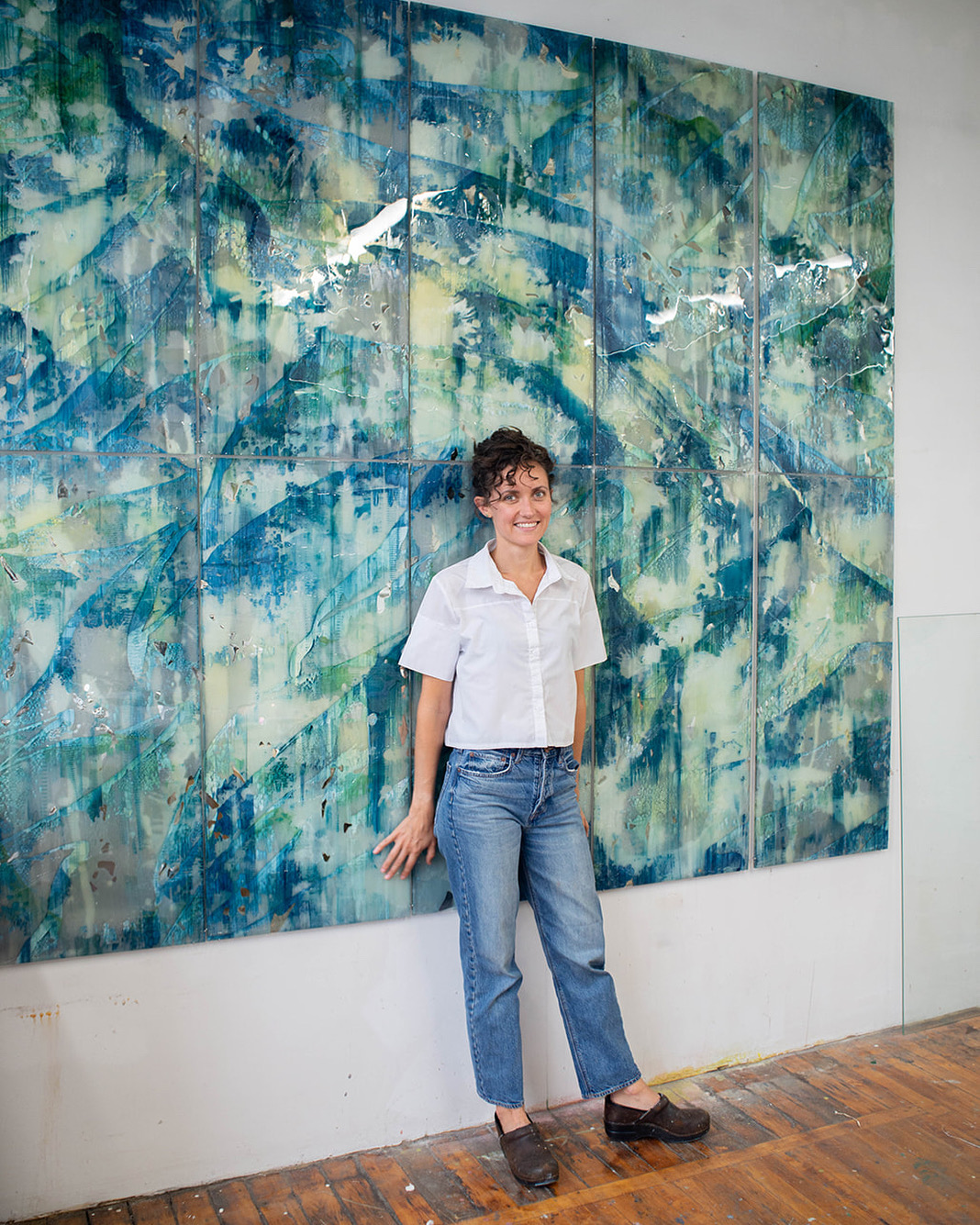
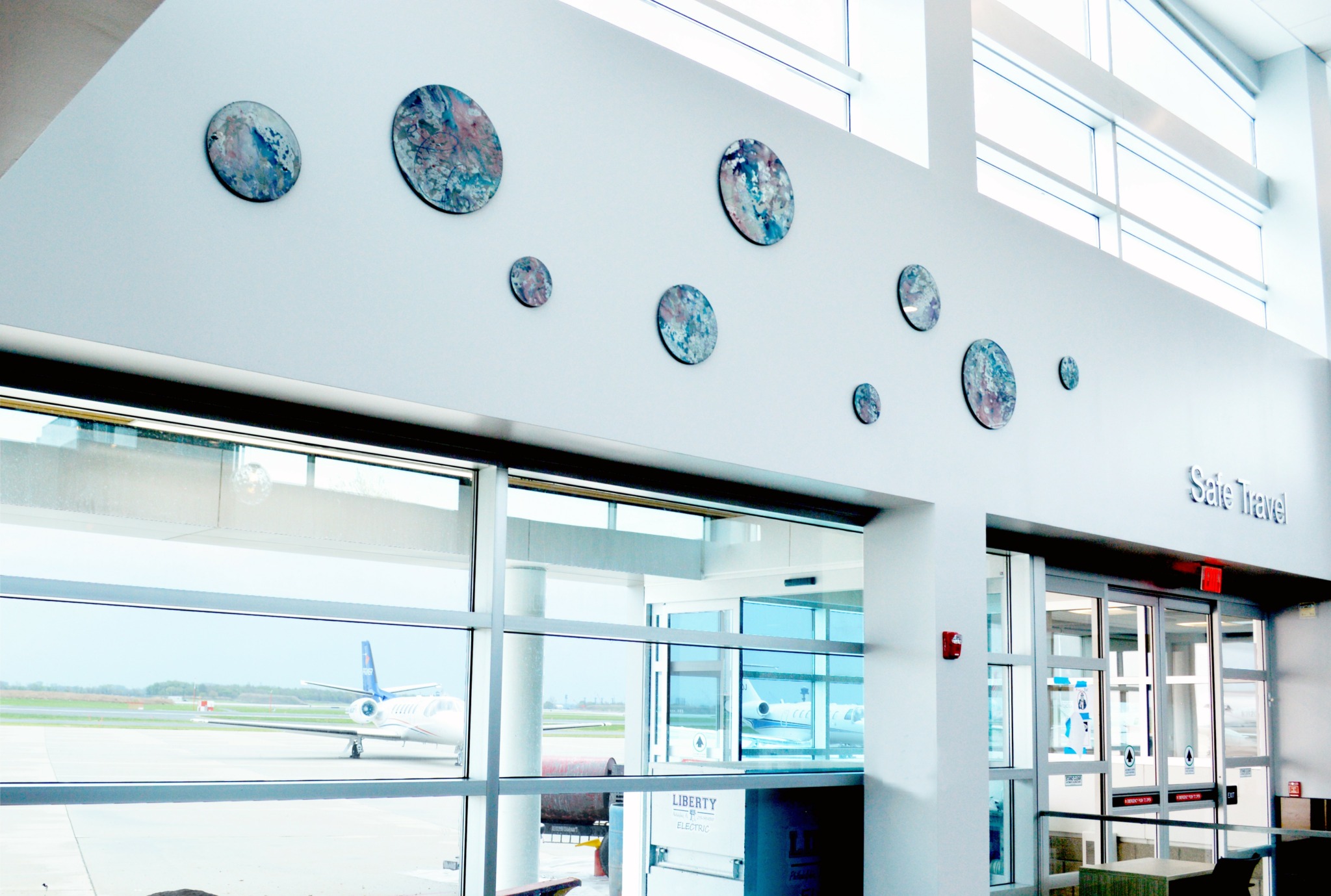
Great, appreciate you sharing that with us. Before we ask you to share more of your insights, can you take a moment to introduce yourself and how you got to where you are today to our readers.
I am an interdisciplinary artist working in exhibitions and commissioned works. While I work with many materials, reclaimed sheet glass is the nucleus of my practice. Recycling centers in the US are not set up to process sheet glass and so millions of tons of it are taken to landfill every year. I love this material because it’s infinitely recyclable, a critical technology for modern life, and capable of harnessing light. In much of my work over the last decade, I have been using glass as a sort of canvas, manipulating it optically and layering translucent gestures with it. Recently, my research has been exploring the relationship between material ecology, place, and perception, with abstraction as a tool that translates, conflates, and upends these entanglements. While these investigations still include glass, they have also expanded to other architectural materials, like concrete and steel.
I am compelled by an urgency to ground images and information into the material world in such a way that creates an embodied experience and evokes a sense of awareness of the matter that moves in, through, and around human bodies. I think hyper mediation robs us of a sense of wonder and mystery and it sorts our world into binaries that flatten the true depth and complexity of people, places, and things. My aim is to take things that would otherwise be perceived as flat, like a panel of glass, and show its true vitality, even if at times it’s hard to understand. If you think about it, all images, whether they are representational or not, are abstracting our world in some way. I’m interested in the ways in which those abstractions reveal (like a map), or diminish. I think oscillating between image and object is not only compelling–it’s important for understanding the capacities and limits of each, which ultimately helps us to navigate a world of shifting ecologies and perspectives which are ever fragmenting, compressing, and expanding.
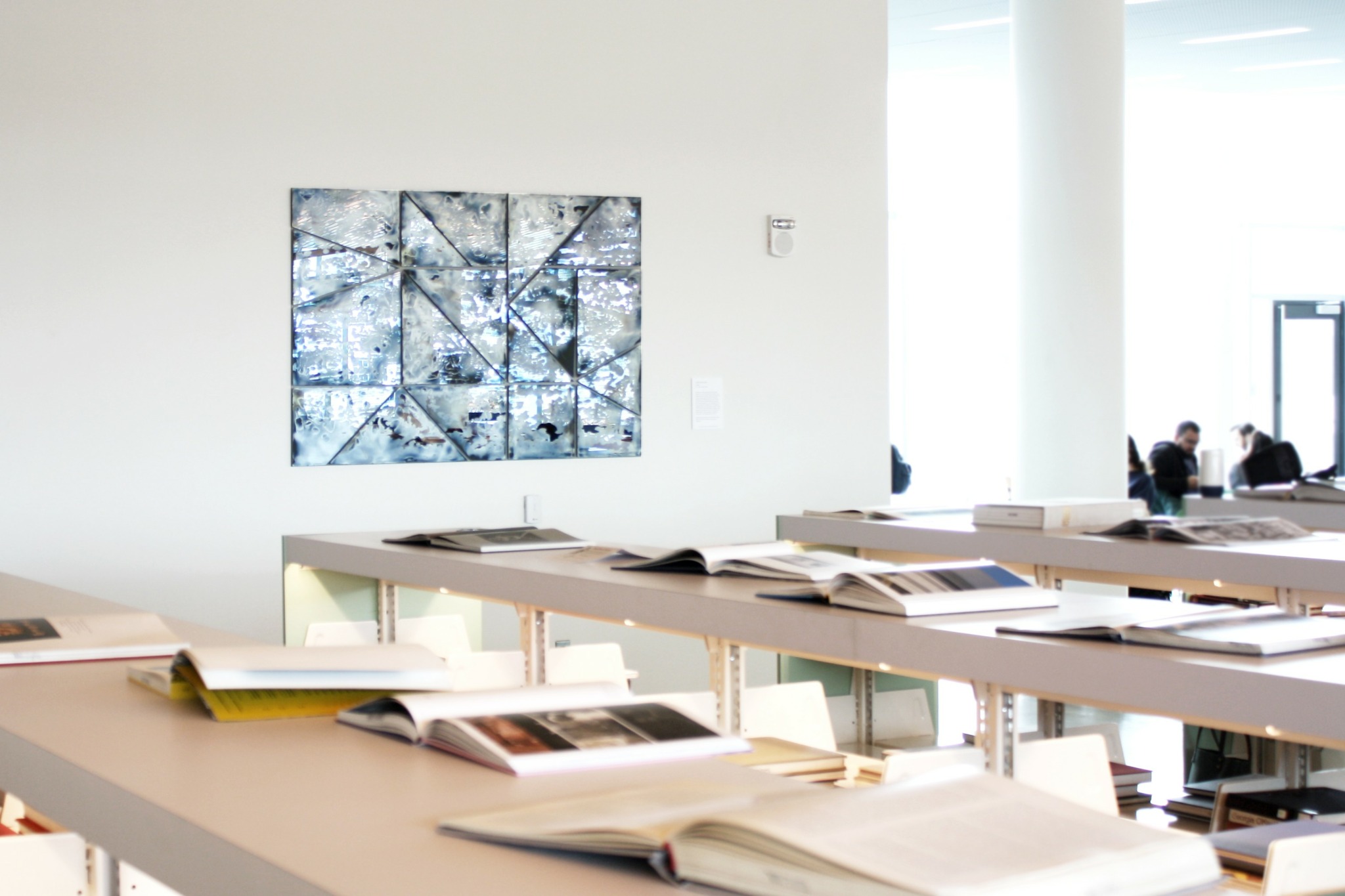

Any resources you can share with us that might be helpful to other creatives?
One of the resources that has been so helpful to me in the last couple years is Artwork Archive. It’s a platform that helps me to keep an inventory of my work, track where pieces are, and create viewing rooms for inquiries within minutes. Not only does it save me time, it makes the things a lot easier for my dealers, art advisors, and collectors.

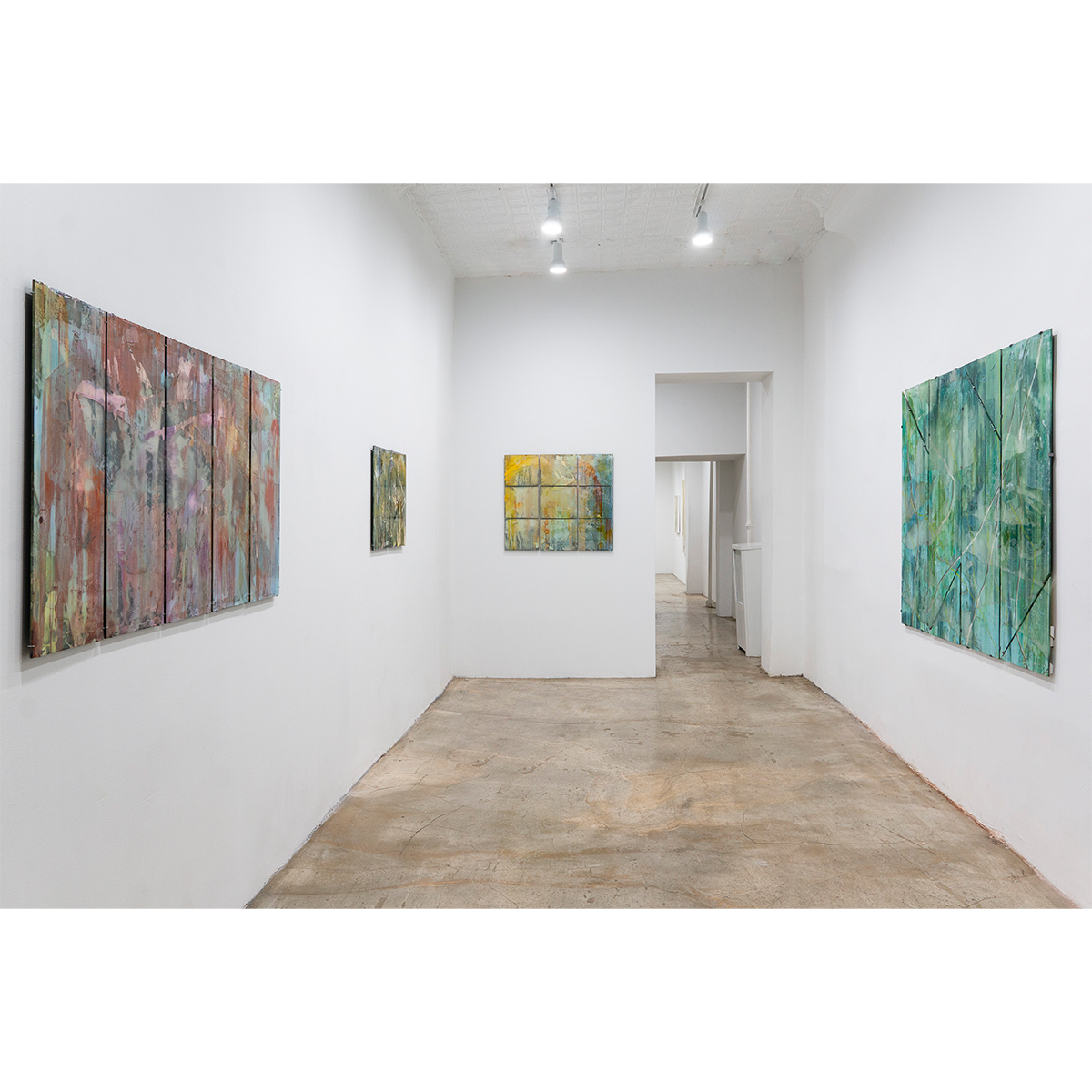
What do you find most rewarding about being a creative?
For me the most rewarding aspect of my work is when people tell me how it changed their perspective or made them more observant and thoughtful in the world.
Contact Info:
- Website: https://LauraSallade.com
- Instagram: @laura.sallade
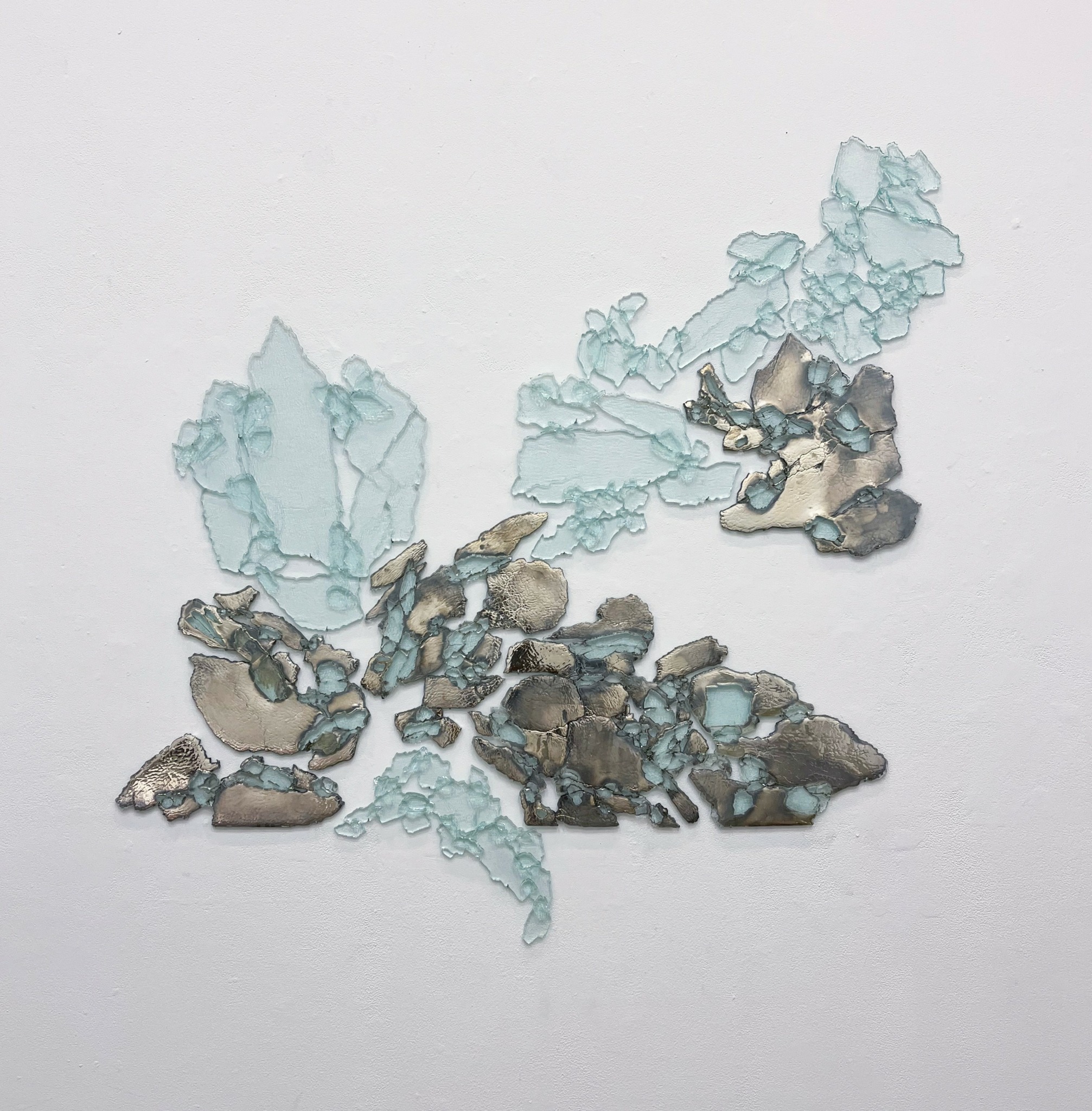
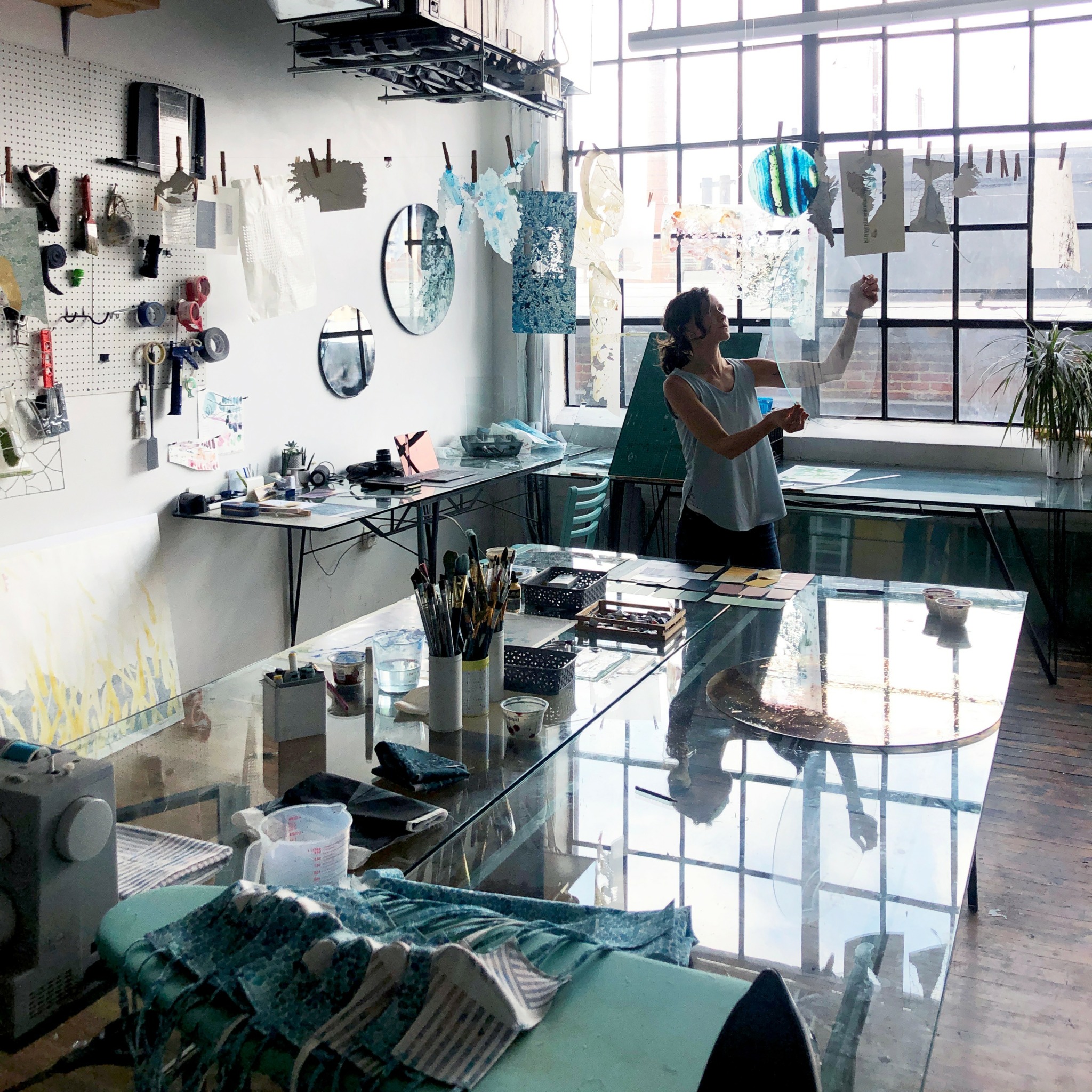
Image Credits
Mandy O’Donohue and LC Photographic


